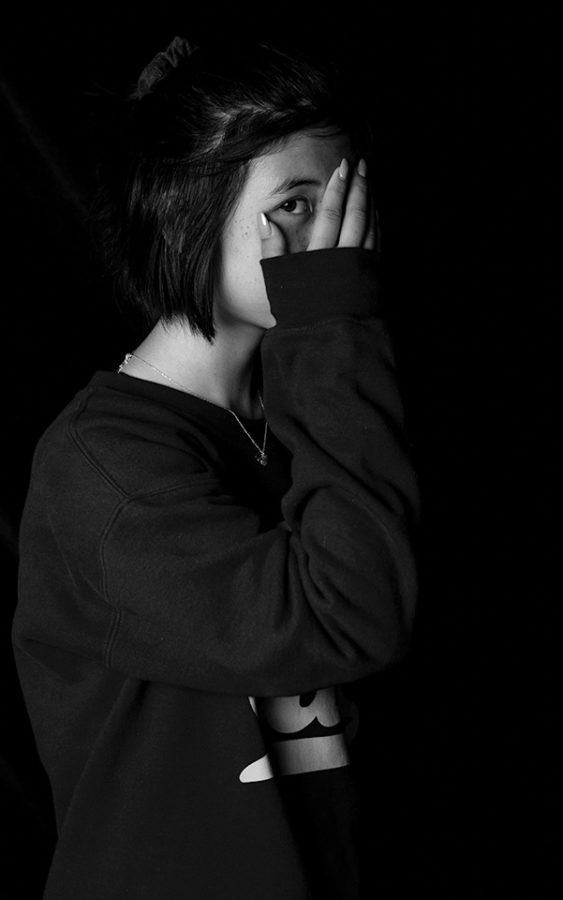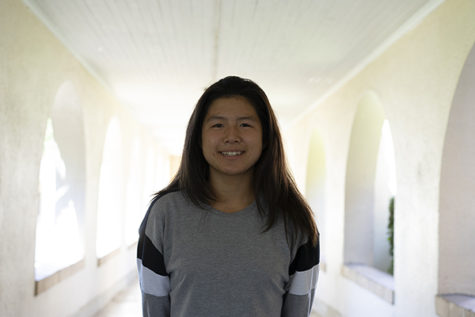The Artful Scheme
Behind the pristine white walls of art galleries, there lies a hidden secret. Beauty is in the eye of the beholder, and due to the subjective nature of art, the art market can be manipulated to benefit criminals and art sellers at the expense of aspiring artists.
To many, it may not be clear what causes the high valuations of artwork, yet viewers convince themselves that the supposed deeper meaning behind the piece justifies the price tag. Though there truly is genuine meaning behind fine art this authenticity is often exploited for financial gain and illicit asset transfers. Since a piece’s aesthetic value varies between viewers it is easy for sellers to control the value of a piece at their own discretion deciding which will receive the heftiest price tag. Though they often claim these pieces have a deeper meaning that leads to their increased price, in reality, sellers manipulate prices for arbitrary reasons, giving them complete control of the market. In addition to manipulating prices sellers and galleries analyze the market for stylistic fads.
Pieces are made to fit certain profiles and buyer trends in order to create a collection that will sell successfully. This means that success in the art industry is often not purely determined by artistic skill, but rather rests on the artist’s ability to sell themselves and ultimately join an elite group that controls the sale of their pieces. This leaves many talented artists unable to gain recognition and make enough profit off of their art to make ends meet, while artists who are part of the niche group continue to gain exposure through high-profile galleries and other benefits that the group provides.
In terms of monetary exchanges, the art market is an opaque, self-regulated industry as those who profit are also the ones who control market values and trends. Often times artists do not have control over their paintings or the prices after selling their pieces to galleries or customers; it is left to the galleries and new owners to determine and manipulate prices. To make exchanges even more hidden, buyers and sellers are able to conceal themselves under a cloak of anonymity when buying and selling through auctions and galleries.
“You can have a transaction where the seller is listed as ‘private collection’ and the buyer is listed as ‘private collection,’” said Sharon Cohen Levin, a leading authority on anti-money laundering and asset forfeiture. “In any other business, no one would be able to get away with this.” Although originally established to protect privacy, many abuse this anonymity by trading art as an asset instead of a craft to be appreciated. By hiding the identities of criminals and transaction history the art market presents itself as an ideal facilitator of money laundering.
Due to the nameless nature of art transactions the art market lacks safeguards to prevent money laundering and track illegally obtained money, also known as dirty money. The art market serves as a covert way to transfer large sums of cash into clean money by tying it to legitimate exchanges, so when dirty money is used to purchase artwork, these illegal gains now appear legal. Drastic value changes are common in the art world, so the fluctuating prices of artwork do not raise alarm for government officials, making it difficult to find and expose suspicious activity. The spontaneous rises and falls of prices combined with the anonymity of those involved ensure a secure way of laundering money that has minimal surveillance by authorities.
“Hannibal,” a famous work of art, is notorious for its association with money laundering. In an attempt to smuggle money to the U.S., Brazilian embezzler and former banker, Edemar Cid Ferreira, labeled “Hannibal” as an unnamed painting valued at only $100 when passing through customs. His attempt failed as it was seized at a Manhattan warehouse and later found to be worth eight million dollars. “Hannibal” is just one of many pieces used in illicit money laundering and asset transfers each year.
Responding to this increasing amount of illegal activity in the industry, European countries are now requiring art galleries to report any customer that pays more than 7,500 Euros in cash for a single piece. Money laundering cases are usually discovered through a deeper analysis of banking activity and illegal transport of art, but officials still face barriers in convicting criminals since the activity remains difficult to track.

Advocates, such as the “The Art Dealers Association of America,” lobby to preserve the anonymity of buyers and sellers, refuses to acknowledge money laundering’s presence within the industry. Some experts argue that imposing regulations on the art market would simply push money launderers to work with private dealers, making it even more difficult to uncover such cases of laundering.
In a case that exemplifies the difficulties that accompany the tracking of dirty money, famous film, “The Wolf of Wall Street”, was found to be financed by $3.5 billion from a money laundering scheme involving Malaysian Prime Minister Najib Razak. American officials recovered $1.3 billion of the funds that contributed to the film and seized many pieces of art by Vincent Van Gogh and Claude Monet that were involved in this scheme. “There has been no evidence from any investigation conducted by any law enforcement agencies which shows that money has been misappropriated,” said Mohamed Apandi, the Malaysian Attorney General, in an effort to defend Razak.
Due to the confidentiality that obscures the identities of parties involved in such transactions, it is difficult to convict criminals of money laundering, similar to the case of “The Wolf of Wall Street.”
Art is meant to be an authentic process that evokes emotion, analyze certain perspectives or simply create beauty. This original purpose has been twisted and degraded for the sake of appealing to the current market and manufacturing pieces that will sell for maximum profit.
Protesting the consequences that selling artwork has had on the deeper meaning and purpose of art, anonymous England-based artist Banksy installed a shredder in the frame of his painting, “The Girl with Red Balloon,” several years before the actual sale of his artwork, in anticipation of this painting eventually reaching the hands of an auction house or art gallery. After being sold for $1.4 million at Sotheby’s auction house, the painting’s frame suddenly shredded the piece, causing an uproar. Some perceive this statement as an inquiry of the real value of art. Ironically, the shredding of the painting has greatly increased its value, and Banksy gained even more notoriety. Banksy posted a video of the shredding on social media with the caption, “The urge to destroy is also a creative urge.” Through this stunt Banksy blatantly criticized the unregulated high prices in this industry as well as the treatment of art, not as pieces of societal and innovative significance, but as items only sold for profit. Banksy’s criticism prominently exposed how artwork is sold for unreasonably high prices without the consent or knowledge of the artist, who receives no profit from the transaction.
Although art galleries began as a venue for genuine expression and creation of culture in society, the art market has deviated from this path due to the practice of manipulating market prices for profit and facilitating illicit transactions. Because of the fluctuating nature of the market, the anonymity of buyers and sellers and the lack of regulation, the art market has become an accomplice in money laundering. There is no definitive way to uncover schemes in the art market without pushing criminals to transfer assets through increasingly obscure means. So, the dilemma persists of how to establish transparency in the art industry in a way that will protect the privacy of those involved, while preventing criminals from exploiting the market for their own marginal — and illegal — purposes.










